Affiliate links on Android Authority may earn us a commission. Learn more.
HUAWEI is now the Apple of Android
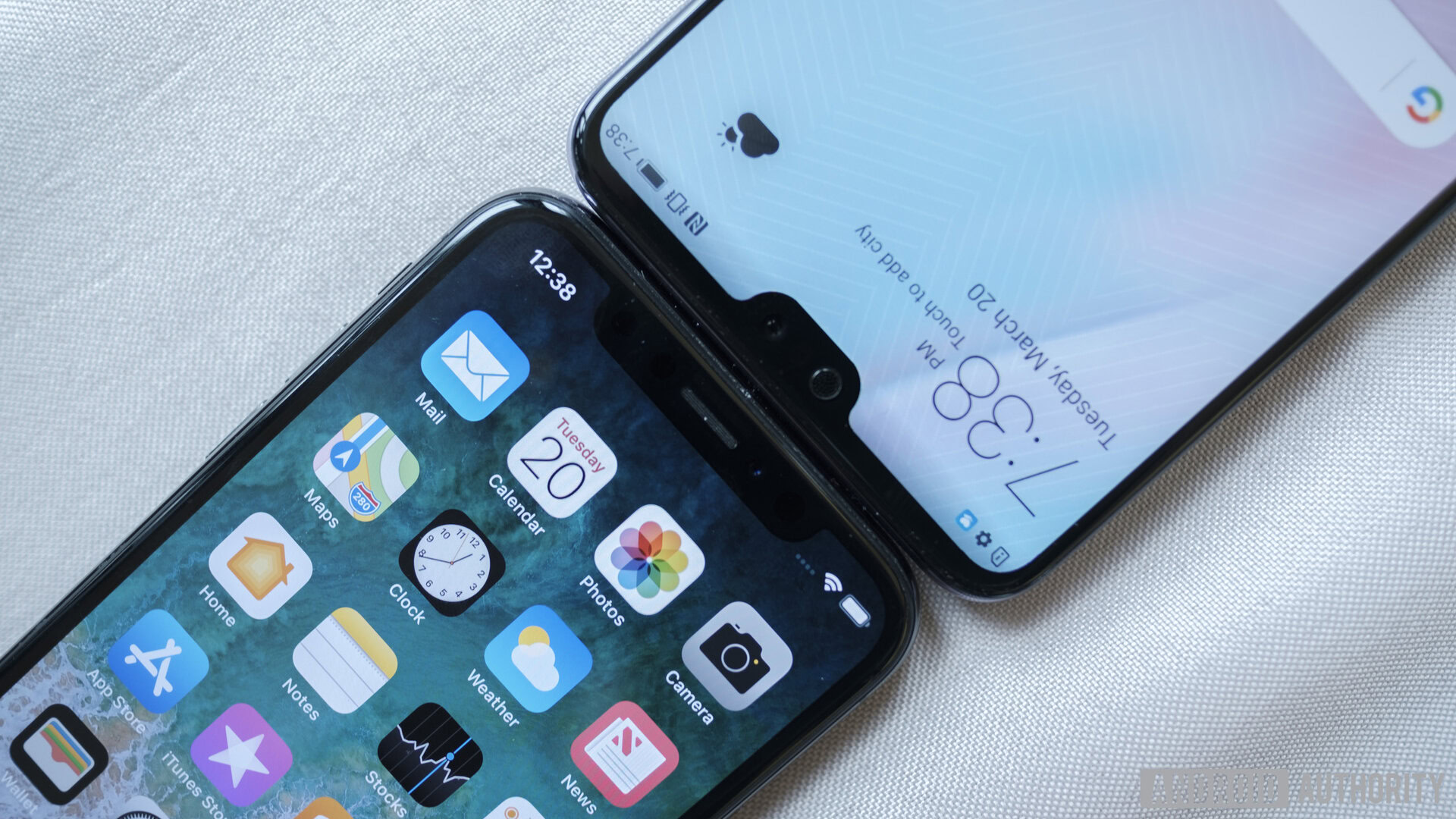
HUAWEI has been the most ambitious Android brand for a few years now, curating a portfolio of excellent flagships and competitively priced mid-range smartphones. The company outright stated it has Apple and Samsung in its sights. Despite the setbacks in the U.S., HUAWEI clearly isn’t happy with third place in the global market. It wants second, and ultimately first prize.
The quality and features of the new HUAWEI P20 and P20 Pro reaffirm this intent, with the two already looking to be some of the most impressive and interesting smartphones released this year. However it isn’t business as usual with these new handsets, they reveal a change in tack to accelerate HUAWEI to the top. If you want to beat Apple you have to become Apple, perhaps even a better Apple.
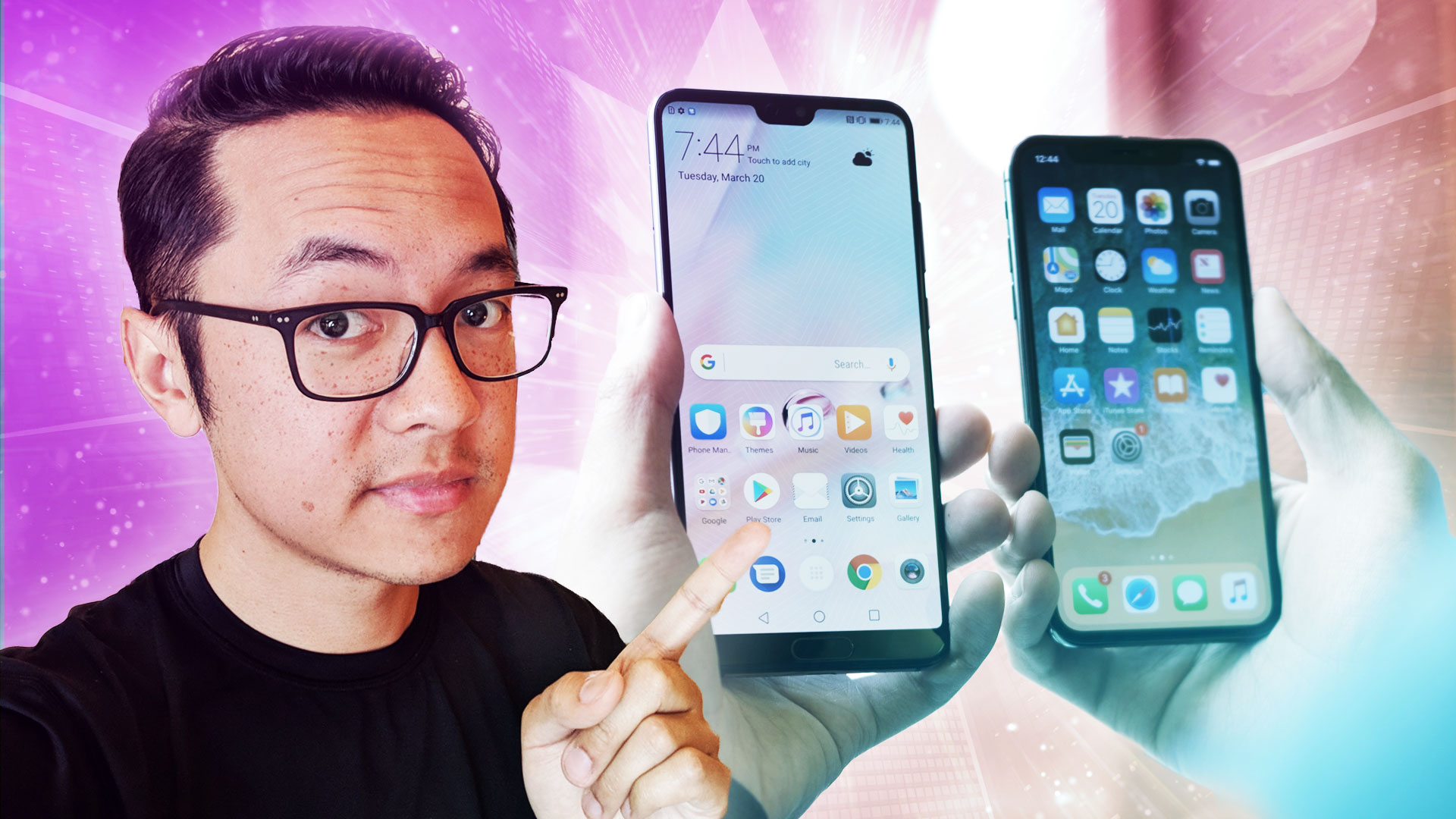
The rear cameras are now located within a black vertical hump, rather than the flat design with the P10. There’s no headphone jack, but you could say that about lots of phones these days — they’re all starting to look alike. HUAWEI’s provided us with copious ammunition to draw this particular comparison. Just look from the FreeBuds (above left) to the AirPods (above right) to see what I mean. The P20 might still have a fingerprint scanner on the front, but the Porsche Design HUAWEI Mate RS goes one step further than Apple, offering both face unlocking and an under-glass fingerprint scanner.
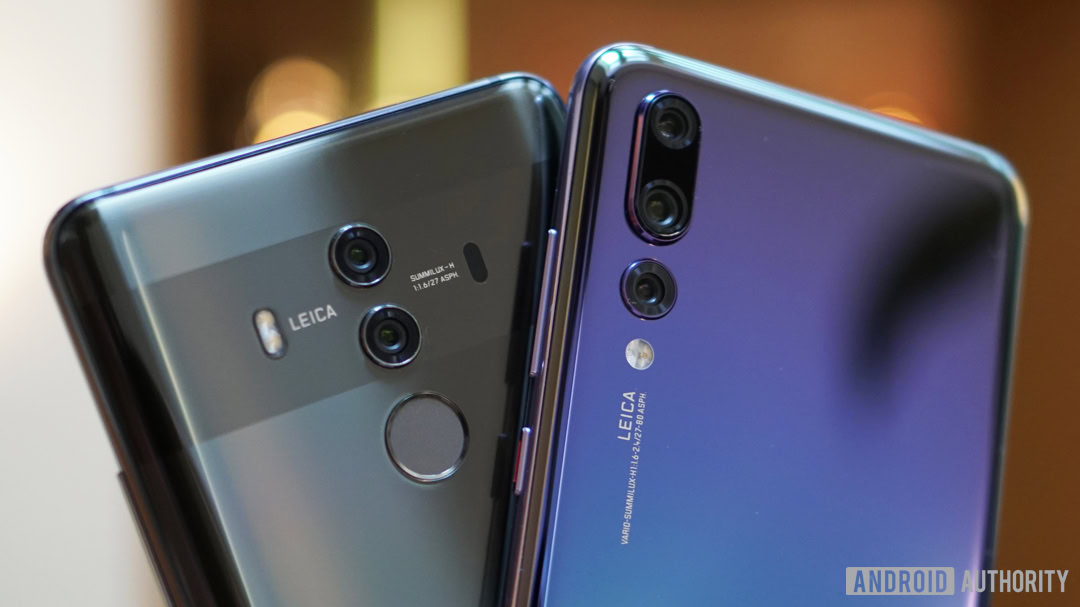
A different strategy to the Mate 10 already?
Compared to the Mate 10 series, released less than six months ago, HUAWEI’s strategy today looks quite different. The Mate 10 Pro flaunted a highly original design. It combined thin bezels with a unique-looking glass design, sensible fingerprint scanner placement, and a pleasingly symmetrical rear camera placement. No other phones looked anything like it, and it looked like HUAWEI had finally found a truly unique identity.
Even the P10 offered a distinctly HUAWEI look and feel, despite the P series’ early days of iPhone imitation. But the new P20 range ditches virtually every aspect of this aesthetic for something much more familiar. For whatever reason, HUAWEI clearly didn’t want its Mate 10 design crossing over to the P series. Rather than updating the P10 design it has opted for something more humdrum, safer, and more Apple-esque (with the exception of the color options, because those are pretty fantastic).
The look and features of the P20 have consolidated around high-end smartphone tropes. It's a major overhaul from the Mate 10 and P10.
This isn’t a complete about-face from HUAWEI though. More subtle changes in this vein were already apparent in its recent phones. The 3.5mm jack was already dropped on the Mate 10 Pro, which was targeted at higher end markets, while the lower cost Mate 10 kept the feature. I don’t think any engineers at HUAWEI genuinely believe Bluetooth to be higher-end option, but wireless is considered the future by marketing departments across the industry. The front-facing fingerprint scanner has been sticking around in designs like the Mate 10 and View 10 for some reason too. Don’t even get me started on HUAWEI’s refusal to adopt some well established best Android practices for EMUI and the addition of swipe gestures for navigation just like the iPhone X.
It’s not just the P20 though, HUAWEI’s general strategy is trending in the Apple direction. If you thought the iPhone X was expensive starting at $999, the HUAWEI P20 Pro starts at 899 euros (~$1,105), a 100-euro premium over its predecessor. While HUAWEI is happy it’s less greedy than Apple (Richard Yu told us exactly this in Paris), there’s still an ultra-premium offering available — the Porsche Design Mate RS with 512GB of storage will set you back a pretty 2,095 euros (~$2,576). This isn’t an accident or HUAWEI just ripping off other ideas. In China, as in the U.S., Apple is synonymous with premium quality. HUAWEI wants consumers to see its products in the same light or, perhaps preferably, as a better alternative.
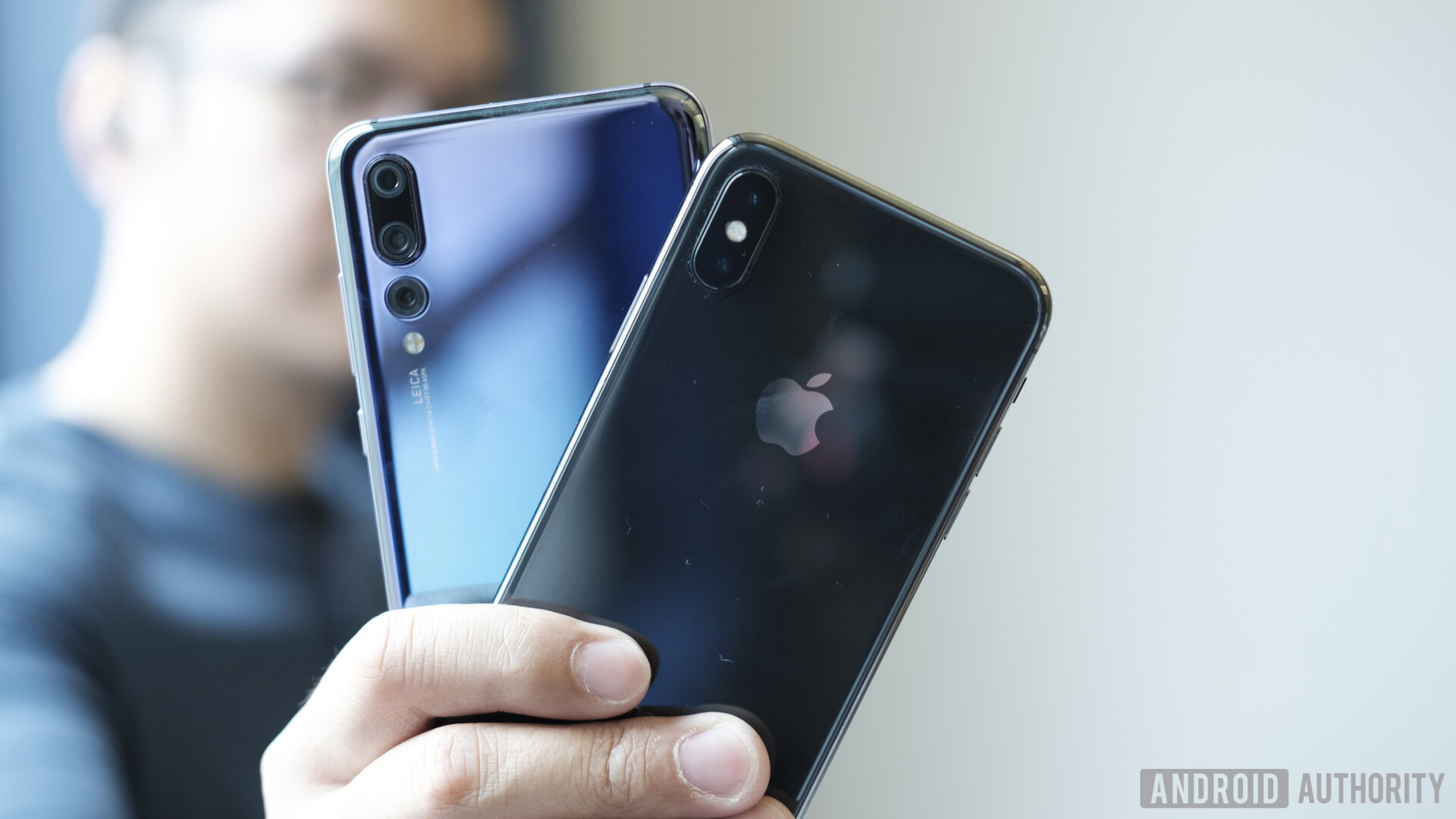
Photography in focus
OK, enough of the direct comparisons. The point isn’t that the P20 is just an iPhone clone. Clearly it isn’t. HUAWEI has put plenty of in-house technology and cutting-edge features, that are actually leaps and bounds ahead of Apple, into the P20. There’s aptX HD and LDAC to cater to the growth in wireless headphones and speakers, super fast charging included out of the box, AI that isn’t just a gimmick, and the company isn’t wasting any time on this animoji nonsense.
Those are all good things, but just like Samsung, Google, Apple, and others, HUAWEI has long cottoned to the fact that what consumers demand from their smartphone the most is top quality pictures. The P20 Pro is perhaps even an overreaction to this fact, cramming in more sensors than anyone else. One can’t help but compare it to the madness of five blade razors. But there’s more to the new camera than just its lens count.
HUAWEI has also included a larger sensor than rival phones, introduced some impressive oversampling for low light, and included advanced processing for zoom and stabilization techniques. No doubt these features would have cost a lot more than 899 euros in another phone (Richard Yu even went so far as to say that if Apple made the P20 pro it’d cost 1500 euros), but such is HUAWEI’s drive to gain attention and compete.
HUAWEI gets that photography matters and a chart topping DxOMark score is a big marketing win for it, whether you put much stock in DxOMark scores or not. For most people, those numbers confirm the P20 Pro is in the big league with the Galaxy S9, iPhone X, and Google Pixel. These other brands, but Apple in particular, have pretty much built their reputation around producing top-notch pictures. If HUAWEI is ever to overtake it has to win consumers over on this front too. That’s really the aim of the triple camera shenanigans, it might seem like a play for headlines and consumer awareness, but it’s all backed up by the ability to take incredible shots. A move right from the Cupertino handbook.
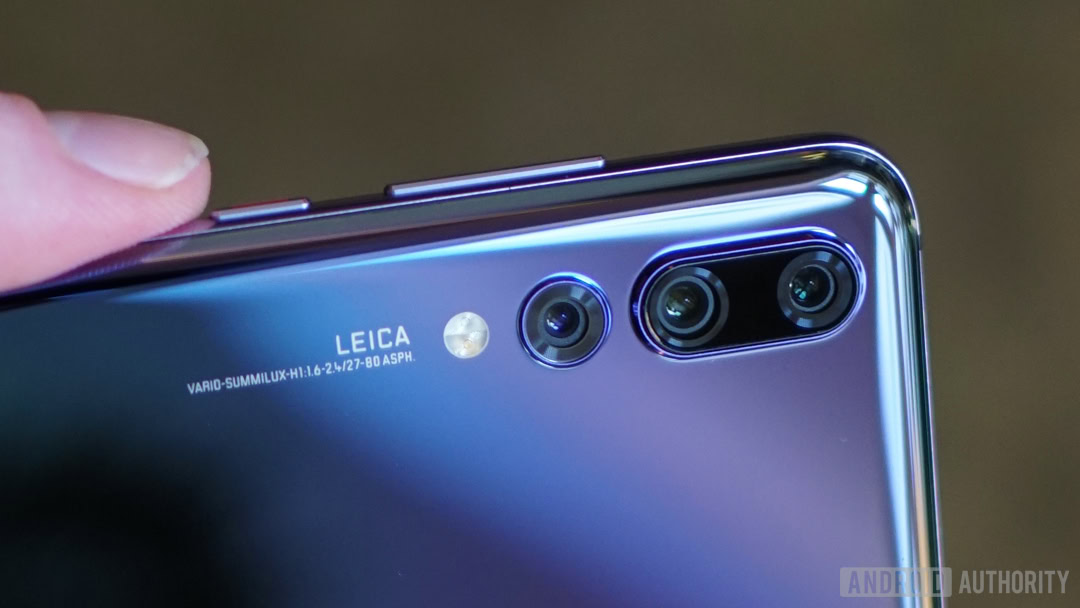
Building its own hardware
Perhaps the biggest differentiator between HUAWEI and most other Android handset manufacturers is that it designs its most important hardware in-house. In fact, it’s something the top three global handset brands all share in common.
Apple, HUAWEI, and Samsung all design their own processors, with each focusing on their own advantages to one-up the competition. Huawei’s Kirin 970 has gone big on AI, with a dedicated NPU (neural processing unit) which the company is able to leverage across its software, including the P20’s new cameras. The A11 Bionic adopted a similar machine-learning-based design. The company is also integrating its own modems into its chips too, allowing it to support networks across the world with a single chipset or device.
Apple and Google are big on in-house camera development too, as is Samsung with its ISOCELL sensors. HUAWEI’s deal with Leica not only lends itself to some nice marketing, but also results in better camera performance which rivals the very best. In a nutshell, HUAWEI is producing its best features and experiences thanks to its in-house technology.
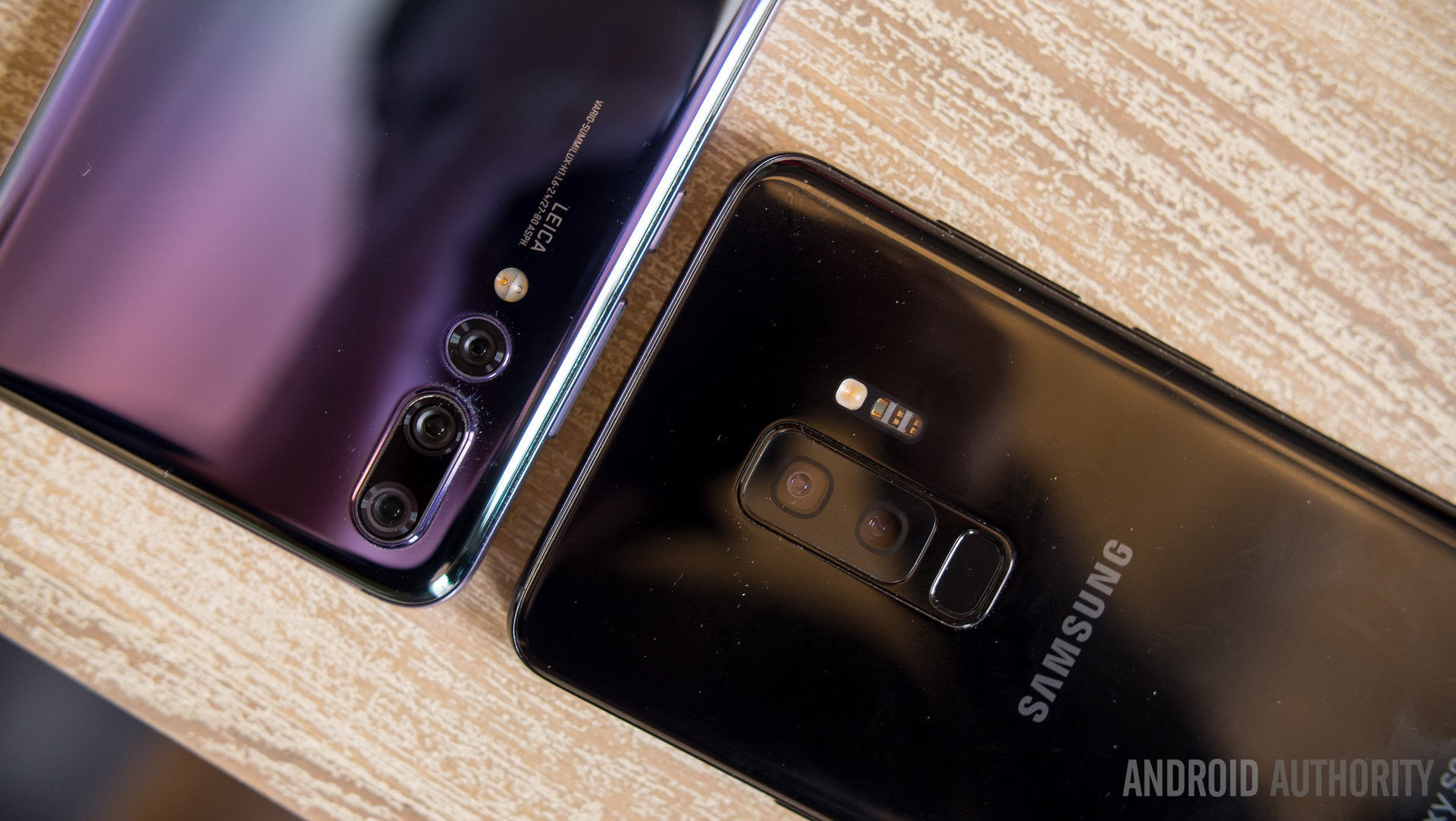
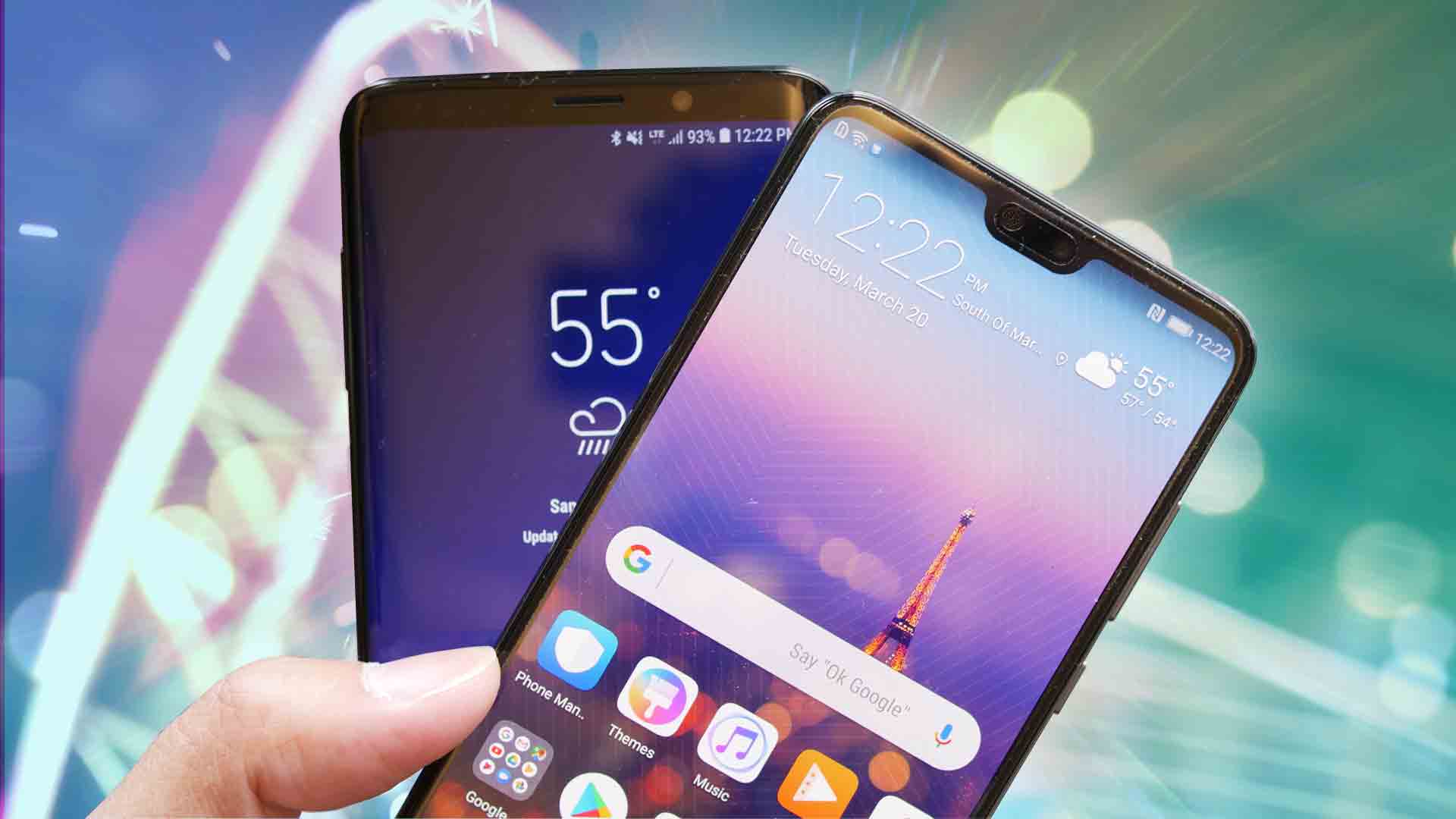
We’ve seen this “close to the metal” approach reap other benefits too. HUAWEI handsets tend to punch above their weight with graphics performance. Their battery life also seems more optimized compared to other brands. Keeping tighter control over hardware design and leveraging the benefits in the software and user experience is very much Apple’s ethos. HUAWEI essentially has the same approach, albeit slightly more limited by the nature of the Android OS.
Wrap Up
As critical as some of this may sound, this isn’t an indictment of HUAWEI’s ability to innovate or produce top-notch products — far from it. The P20 and P20 Pro look like great phones that are unfair to simply dismiss as anything close to iPhone clones. There are bigger company factors to appreciate too, which encompass high-end marketing right through to in-house hardware development.
HUAWEI has gone full Apple, but should you ever go full Apple?
HUAWEI is embarking on a strategy it believes will take its global presence up another notch, combining its own innovations with imitations of what is undisputedly the leading premium handset formula. The result is a brand aimed at the very premium end of the market and embracing some more controversial technology choices if it serves the end goal. That’s something even Samsung has been hesitant to do.
If you’re still in doubt, how would you describe HUAWEI and the new P20 Pro? Top quality camera and performance? Sleek looking? A bit heavy on the marketing gimmicks? Expensive, or even overpriced? That sounds quite a bit like Apple to me.